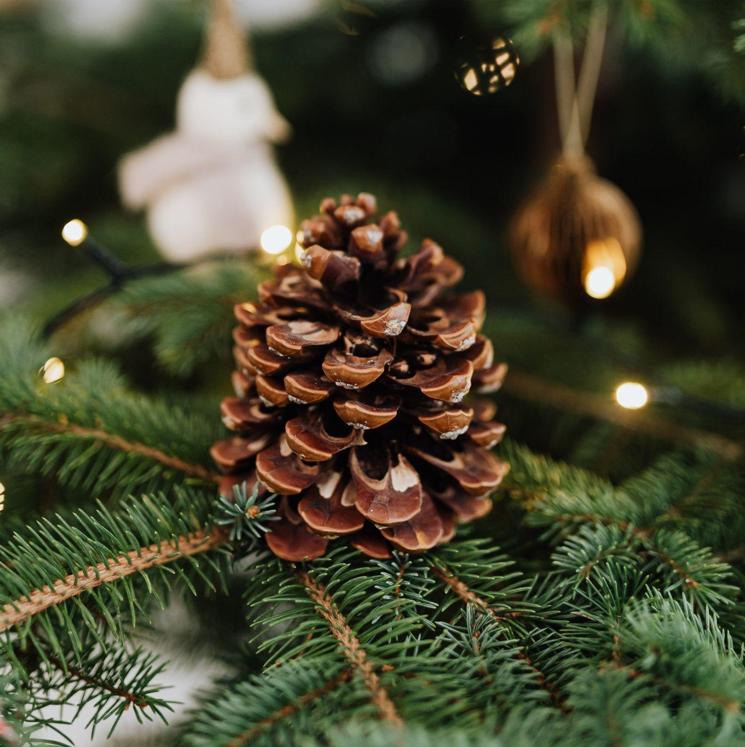The Evolution of the Christmas Tree
The Christmas tree has been at the center of holiday festivities for centuries. Whether you’re a socialite hosting glamorous parties or an extreme baller who loves to make it rain, a well-decorated tree is a must-have item. But where did this beloved holiday decoration come from, and what is its significance?
The roots of the Christmas tree can be traced back to ancient cultures. The Egyptians, for example, believed that evergreens represented eternal life and rebirth. Meanwhile, the Romans decorated their homes with evergreen boughs during the winter solstice as a symbol of hope for the return of spring.
In the Middle Ages, the Germanic people began decorating their homes with evergreens in December as part of their pagan rituals. The tradition was eventually adopted by Christians, who saw the evergreen as a symbol of everlasting life and the light of Christ.
The modern Christmas tree as we know it today became popular in the 19th century. During this time, the German tradition of bringing a tree into the home and decorating it with candles, sweets, and other ornaments began to spread throughout Europe and North America. By the early 20th century, the Christmas tree had become a ubiquitous symbol of the holiday season.
The Significance of the Christmas Tree
For many, the Christmas tree is more than just a decorative item. It represents the spirit of the holiday season and the importance of family, love, and togetherness. Here are just a few of the many reasons why the Christmas tree is so significant:
1. It symbolizes the spirit of giving and generosity. Decorating the tree and exchanging gifts underneath it celebrates the joy of giving and receiving.
2. It represents hope and renewal. Winter can be dark and dreary, but the Christmas tree brings a sense of brightness and hope for the future.
3. It serves as a reminder of our connection to nature. By bringing a piece of the natural world inside our homes, the Christmas tree reminds us of our relationship to the environment and the importance of preserving it.
4. It provides a focal point for holiday festivities. Whether hosting a small family gathering or a large party, a well-decorated Christmas tree adds a festive touch to any celebration.
In conclusion, the Christmas tree is a beloved holiday tradition with a deep history and rich significance. Whether you’re a socialite or an extreme baller, decorating a tree is a must-do activity during the holiday season. So make it rain with tinsel, garlands, and ornaments – because the Christmas tree isn’t just a decoration; it’s a symbol of the holiday spirit.



